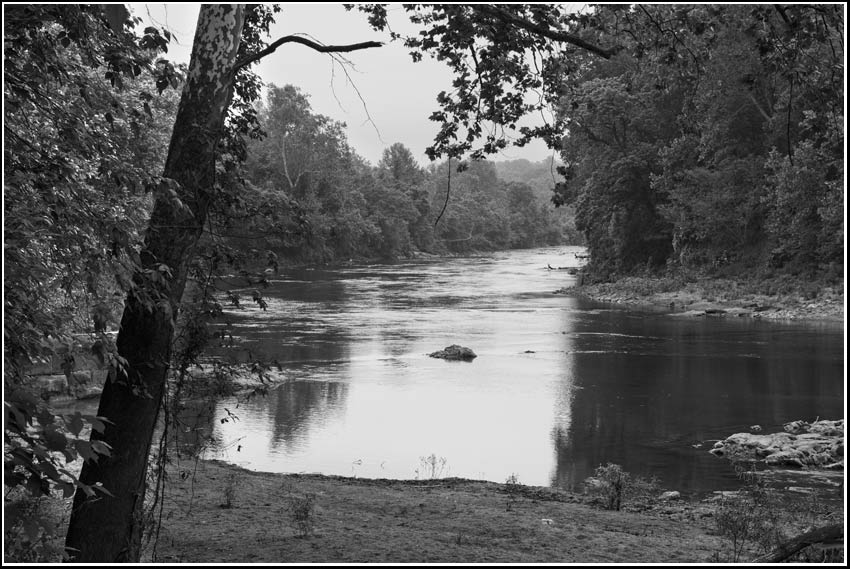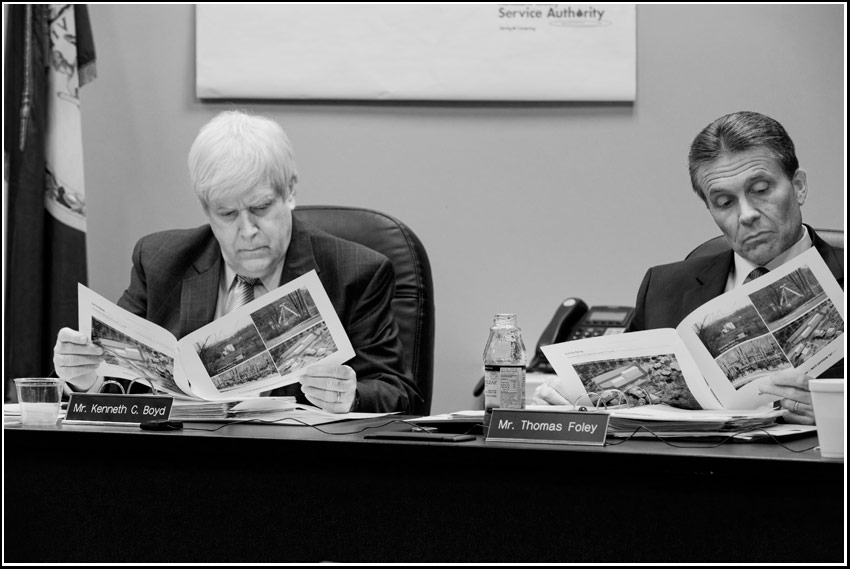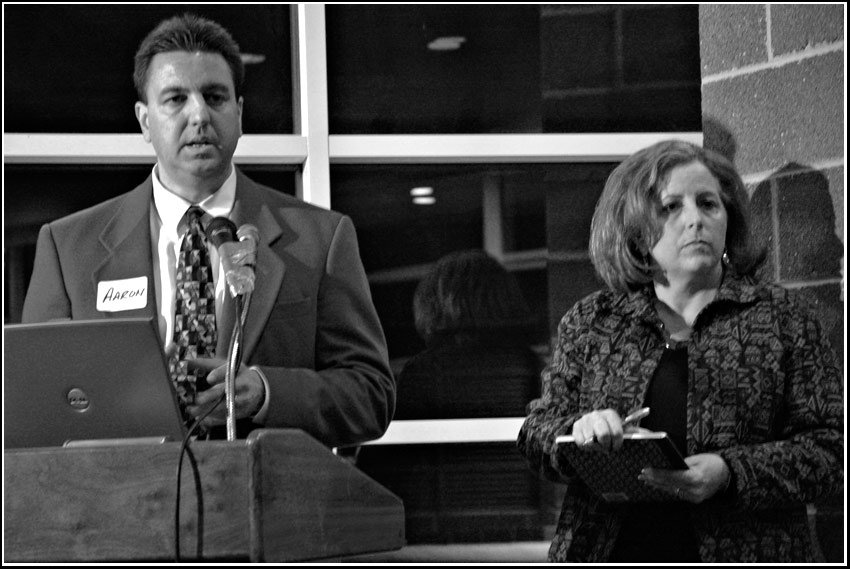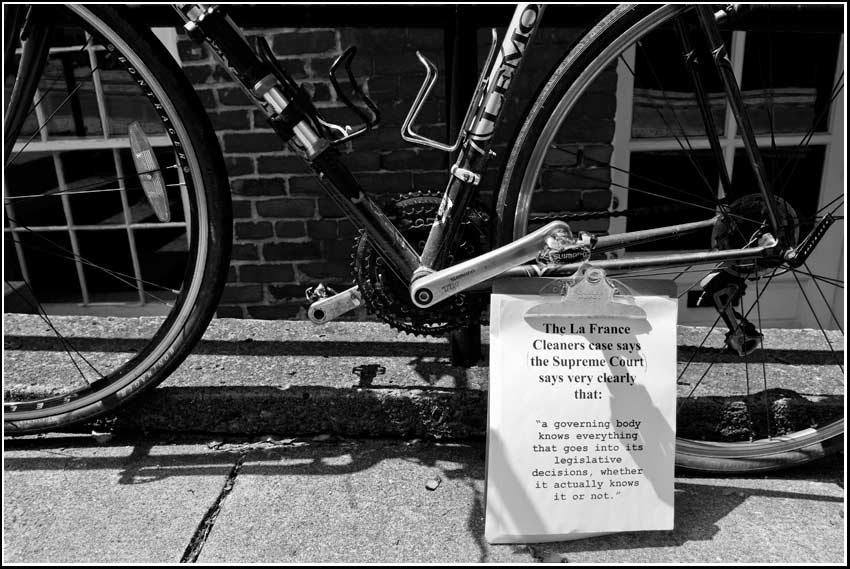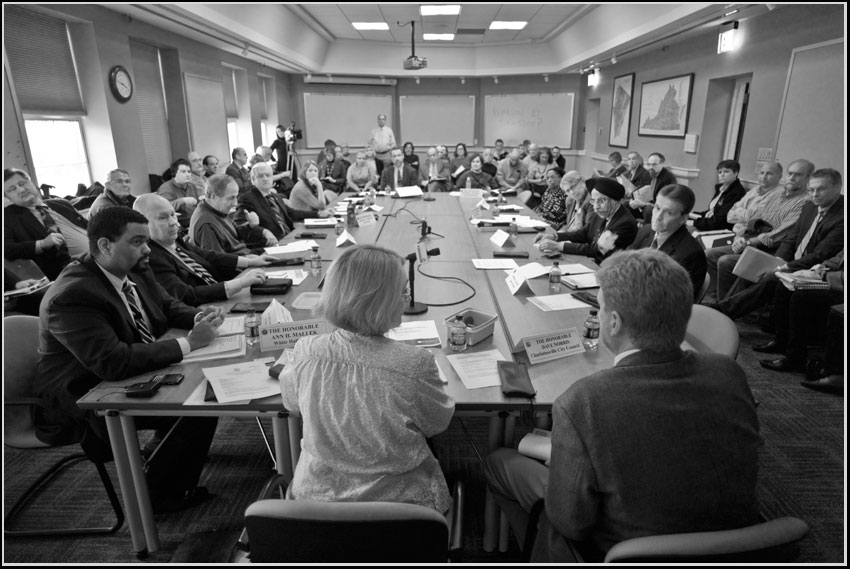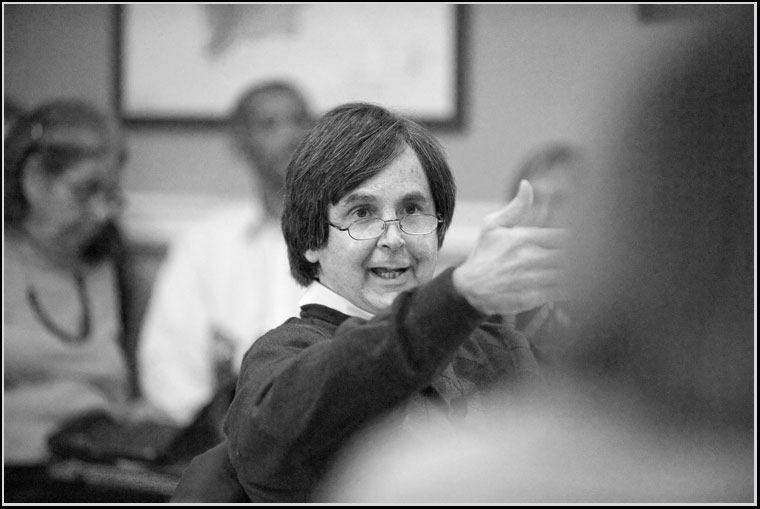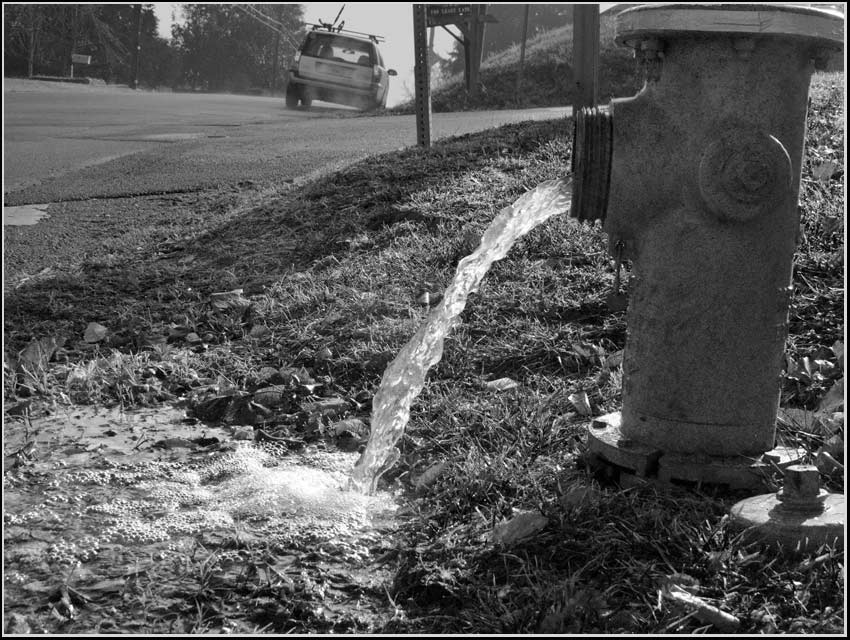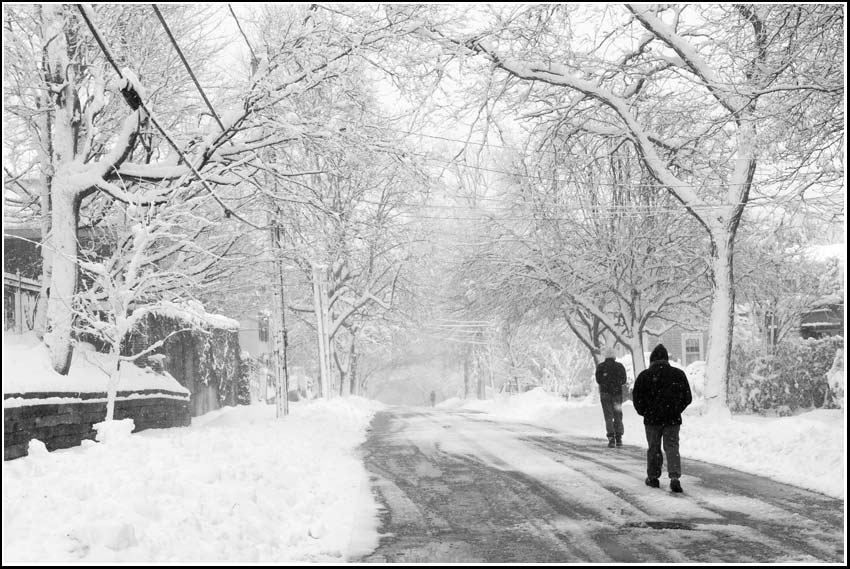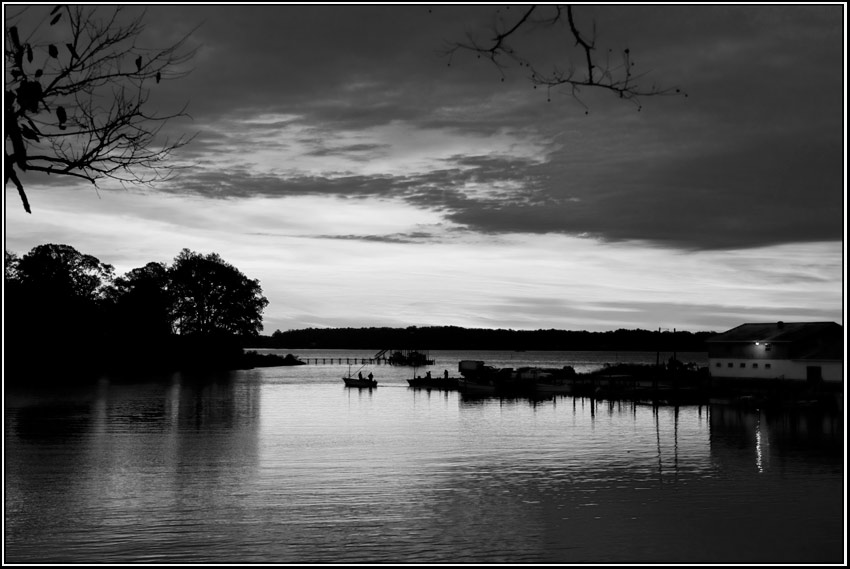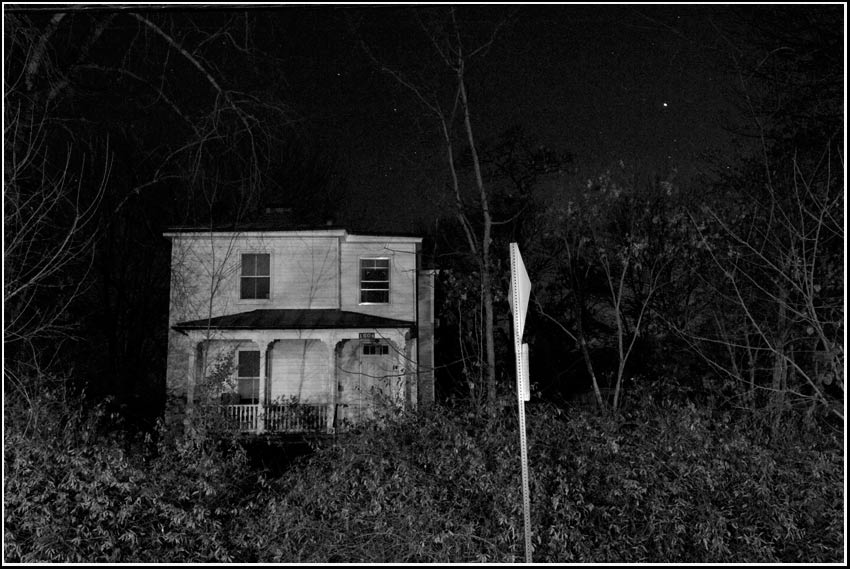
My new neighbors across the street leave their lights on at night, illuminating my house and sleeping quarters. Will talk to them.

This morning, the glow coming through the window woke me at 0500hrs.
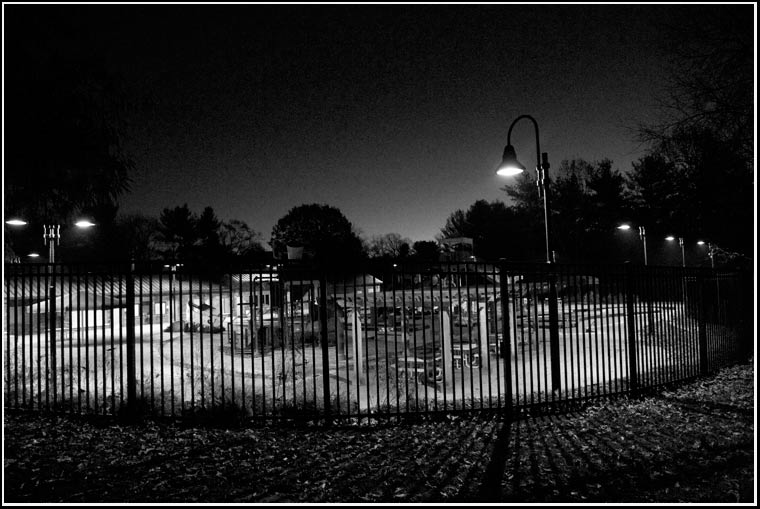
Since 1999 I’ve talked with the City about “light trespass”, light pollution and about funds spent to undo the night.
We are in tough fiscal times. The City Council has a budget workshop next Thursday. How is this for an idea? Turn off some of the lights!
Today, at 0545hrs there were seventeen lights illuminating the empty pools at the “Onesty Family Aquatic Facility”.
Who pays that electric bill?

How much does Charlottesville City spend on lights?
Here are the updated numbers and costs that you requested relating to street lighting in the City. Dominion Power has about 3800 street lights installed and operating in the City. This figure is approximate as we have work orders in at most times to add or take down a few. The monthly cost is $11. Replacement costs are $18/lamp, $180/globe, $37/ballast and $975 per pole. City Owned ornamental street lights have increased to 435 and are separately metered. We now have a new “dark sky” compliant standard for all new street lights installed in the City. The cost to changed an old fixture to the new “dark sky” compliant is $800. The City does not have a separate contract with Dominion for street lights. We joined with other municipalities in the Commonwealth and negotiated a common contract.–6/24/09 Public Works
In December of 2000, citizens submitted a petition:
A Petition to the Planning Commission and City Council of the City of Charlottesville
We, the undersigned residents of the City of Charlottesville, request that the Commission and Council begin a plan now for improving the future of nighttime outdoor lighting in our community.
1. The increasing opaque glow in our night sky is evidence of wasted energy.
2. Lighting that produces glare in our line-of-sight is blinding and a safety hazard.
3. Unshielded, or excessive lighting intrudes into nearby homes, yards and natural areas.
Please design a plan to discourage outdoor lighting that:
1. Shines light upward into the sky, where it serves no purpose.
2. Creates glare in our line-of-sight, or intrudes into private properties/natural areas.
3. Is excessively bright, exceeding recognized industry recommendations.
“Full cut-off” shielded lighting fixtures are now offered by all major lighting manufacturers. These fixtures efficiently distribute light downward, without glare and control the spill of light into the neighboring properties and the night sky.
Through these improvements we can improve nighttime visibility & public safety, conserve energy, be good neighbors and regain our disappearing view of the night sky.
There have de jure advances in the past ten years (a lighting ordinance was passed) but little de facto change. Why are the Park Street and Locust Avenue bridges over Route 250 illuminated sufficiently to read the Hook at night?
When will our City learn how to operate a light switch?

History Of Streetlighting in the US–Wikipedia
Organization involved with saving night International Dark-Sky Association

